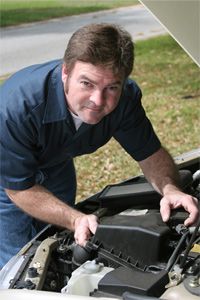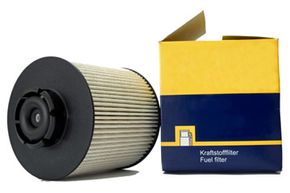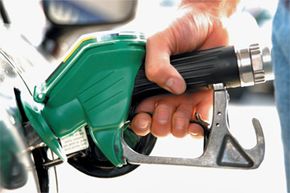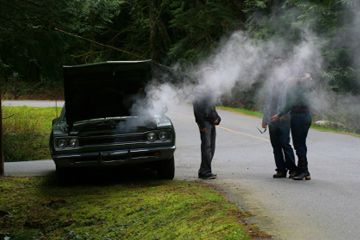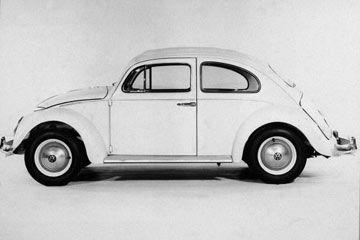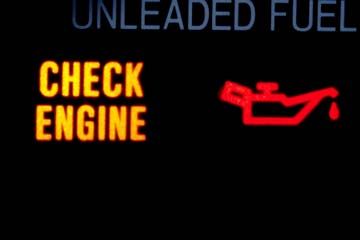You're heading down the interstate when you see an eighteen-wheeler merging into traffic. As you hit the gas a little to pull ahead and give the truck some space, you feel your car shudder a bit. By the time you reach home, you've forgotten all about it. A month later, however, your car stalls out at a red light. You manage to start it up again and limp home, but this time you're determined to find out what's going on.
Numerous things could be causing your car's problems, but a clogged fuel filter is a likely culprit. In fact, a clogged fuel filter can eventually keep your car from running at all. While some manufacturers claim that a fuel filter should last the life of a car, many mechanics recommend you change the filter as frequently as every 12,000 miles (19,312 kilometers) [source: Chaikin].
Advertisement
Your car's fuel filter is located between the fuel tank and the fuel pump. As the fuel pump pulls fuel toward the engine, the fuel filter removes any impurities that could clog your fuel injectors and keep your car from running smoothly (or at all).
If you're like many consumers, the dismal economy might have you doing some routine auto maintenance work that you would have left for the professionals in years past. So where does changing a fuel filter rank between installing a cigarette lighter and rebuilding an engine? The answer depends largely on what kind of car you have. For some cars, the job is fairly simple, but for other cars, the filter can be part of more complicated systems, requiring considerable expertise to change. In fact, the Car Care Council, a nonprofit organization dedicated to helping people properly maintain their cars, recommends letting a licensed professional do the work since fuel filters are often located in hard-to-reach areas [source: Car Care Council].
Read on to learn about what tools you'll need for the job, as well as the basics behind changing your fuel filter.
Advertisement
